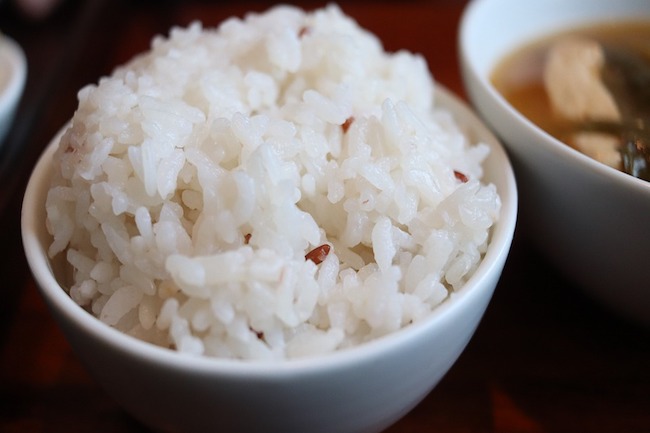Long Term Food Storage: Creative Solutions to Build a Critical Asset by MD Creekmore
Prepper’s Printable Food Storage Checklist (Click Here For PDF)
When it comes to storing enough food to survive, unassisted and on your own for three to six months or a full year or maybe even longer is the point where most new preppers get overwhelmed and some give up altogether.
And while I agree that storing and rotating such a large amount of food on a continuing basis can be a lot of work and takes dedication, it is by no means impossible, and if done right can even be enjoyable – just follow this food storage list.
But where do you start?
You should start with the basics first wheat (or other grains, for those who have trouble digesting gluten), rice, beans, oats, corn, salt, honey, cooking oil and powdered milk.
Hard Red Winter Wheat
This is the backbone of your survival diet.
Wheat is nature’s longest storing seed, with an indefinite shelf life given proper storage conditions. The wheat (and other grains) can also be sprouted, adding fresh greens to the diet even in winter.
White and Brown Rice
Rice is my favorite storage foods and I actually prefer rice over wheat for storage, but that’s a personal decision, and well I like rice and rice dishes. White rice stores better and has a longer shelf-life than brown rice; however brown rice has more nutritional value.
Despite the tradeoff in storage duration, I still prefer brown rice for storage because of the added nutritional value.
Pinto Beans
Beans, corn, and rice combined make a complete food, providing just about everything you need to survive. Add some fresh green sprouts or garden produce and extra vitamin C just to be sure you’re getting enough to avoid scurvy, and you’ll be well fed and healthy.
I like to store a combination of pinto beans, black beans, and mung beans. How much you store of each will depend on your personal preferences to taste.
Oats
Don’t go overboard when storing oats, about 20 pounds per adult per year is plenty. Oats have a storage life of approximately four to six years, depending on storage conditions and whether or not they have been opened after being packaged for long-term storage.




